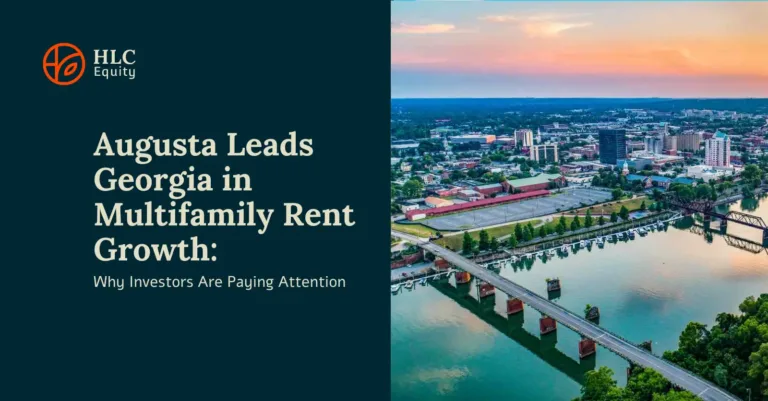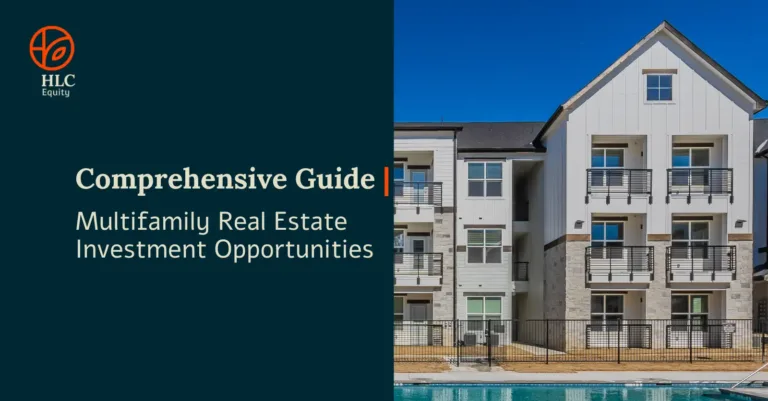
hlc
Don't miss the original video from Daniel Farber at the end of this post!
The landscape of urban life is undergoing significant transformations driven by a multitude of factors, including changing priorities in a post-pandemic world. From shifting work dynamics to the rise of the caring economy and the renewed emphasis on outdoor spaces, cities are adapting to meet the evolving needs and desires of their residents. In this article, we explore the seven key dynamics that are shaping the future of cities and redefining urban living.
1. Redefining Urban Priorities
Traditionally, work was a primary driver for people to head into downtown areas. However, the pandemic has accelerated remote work and demonstrated that the city’s appeal extends beyond employment opportunities. As a result, cities now need to focus on creating vibrant spaces that prioritize parks, culture, and the overall environment. Revitalized shopping districts and a diverse range of amenities can attract residents and foster a sense of community.
2. Ensuring Safety and Security
Safety is a fundamental concern for any urban dweller. Ensuring the well-being of residents is crucial for attracting and retaining a diverse population. Cities must invest in effective security measures, including enhanced lighting, surveillance systems, and well-designed public spaces. Collaboration between law enforcement agencies, community organizations, and residents is vital to creating a safe and inclusive urban environment.
3. Emphasizing Walkability
In the pursuit of convenience and sustainability, walkability has emerged as a key factor shaping the future city. People increasingly seek cities that prioritize pedestrian-friendly infrastructure, such as wide sidewalks, bike lanes, and well-connected public transportation systems. Compact and mixed-use developments that integrate residential, commercial, and recreational spaces create vibrant communities where residents can live, work, and play within a walkable distance.
4. Promoting Affordability
The affordability crisis in many cities has reached alarming levels. To retain talent and foster diverse communities, city planners and policymakers must prioritize housing affordability. This involves implementing strategies such as mixed-income developments, rent control measures, and public-private partnerships to ensure that city centers remain accessible to a wide range of residents.
5. Rise of the Family Tech Sector
As the digital landscape continues to evolve, so do the needs of modern families. The rise of the family tech sector highlights the importance of a robust digital infrastructure within cities. High-speed internet access, smart city technologies, and reliable connectivity are essential for families to thrive in urban environments. By embracing technology and providing the necessary support systems, cities can attract and retain tech-savvy families.
6. The Caring Economy
With changing demographics and an increased focus on work-life balance, the caring economy has gained prominence. Health care, childcare, and elder care services are now key considerations for families when choosing a city. Urban centers that prioritize accessible and affordable healthcare facilities, quality educational institutions, and comprehensive support systems for families will be more appealing in the future.
7. Easy Access to the Outdoors:
The COVID-19 pandemic highlighted the importance of outdoor spaces and the connection with nature for physical and mental well-being. Urban dwellers now seek cities that seamlessly integrate the best of both worlds – vibrant city life and easy access to nature. Cities that provide green spaces, parks, bike trails, and nearby recreational areas offer residents the opportunity to enjoy the outdoors without compromising the amenities of urban living.
The dynamics reshaping urban life reflect the changing priorities and aspirations of residents in a post-pandemic world. Future cities need to embrace these shifts and adapt to the evolving needs of their communities. By prioritizing these, cities can create an environment where residents can thrive, fostering vibrant and inclusive urban centers that stand the test of time. As cities evolve, it is crucial for policymakers, urban planners, and stakeholders to collaborate and create sustainable and resilient cities that enrich the lives of their inhabitants.


